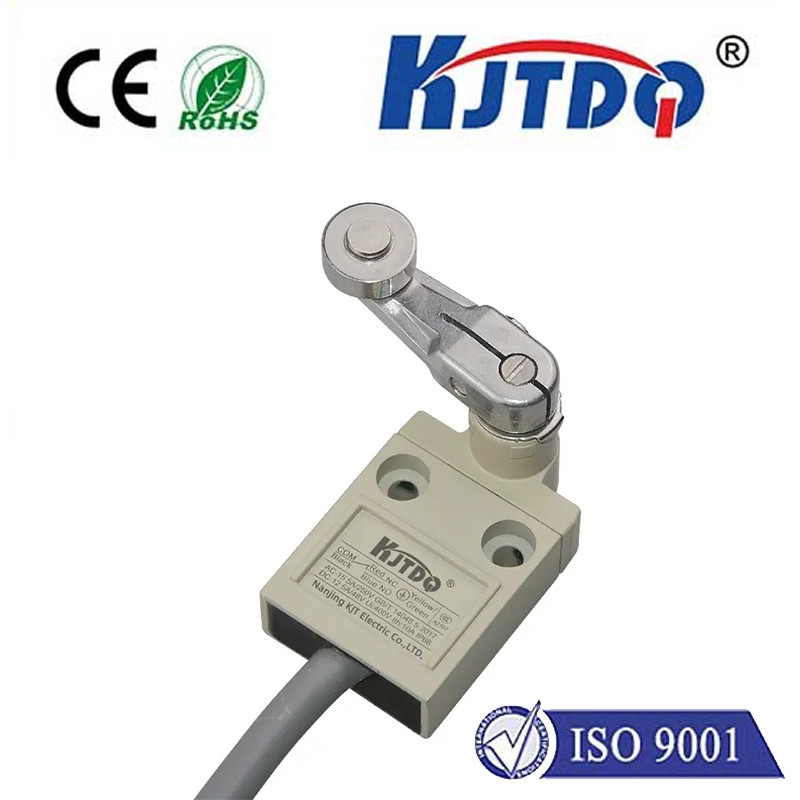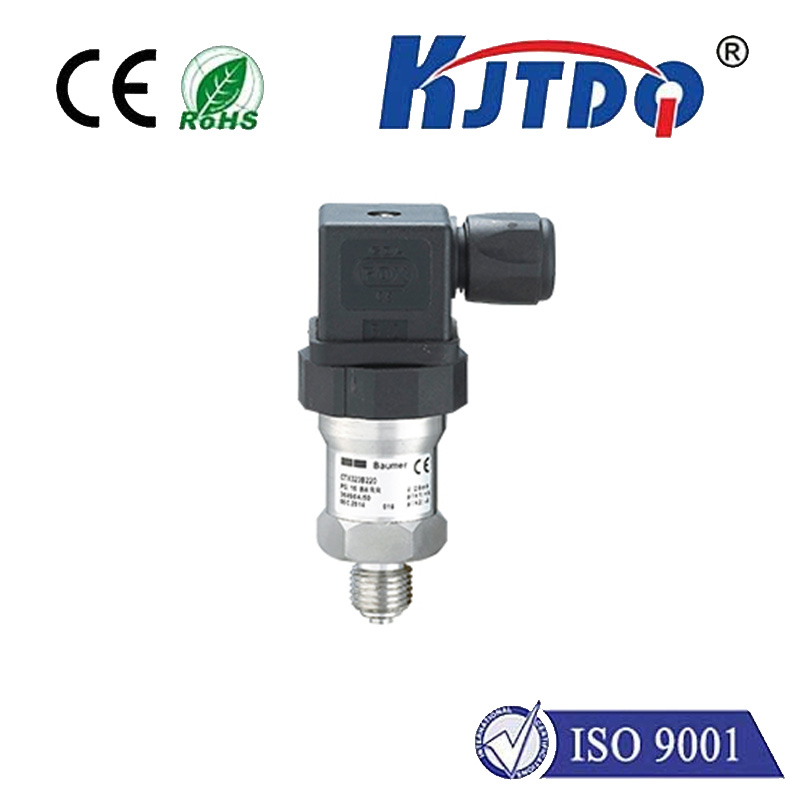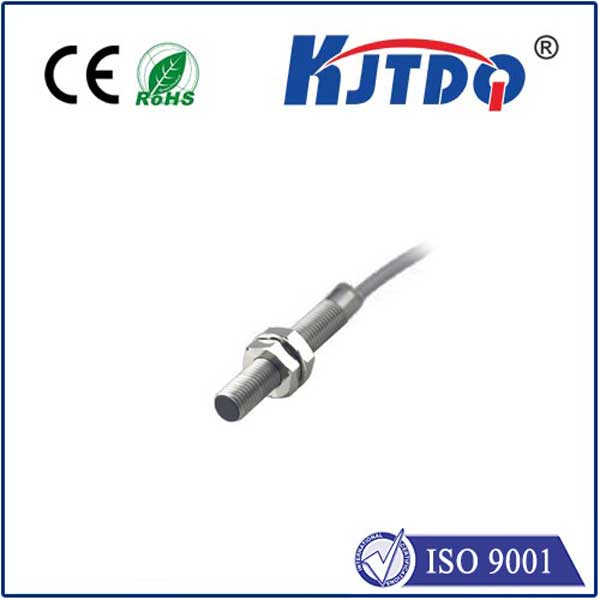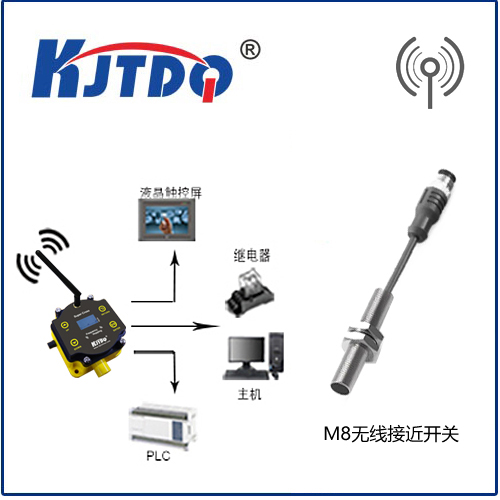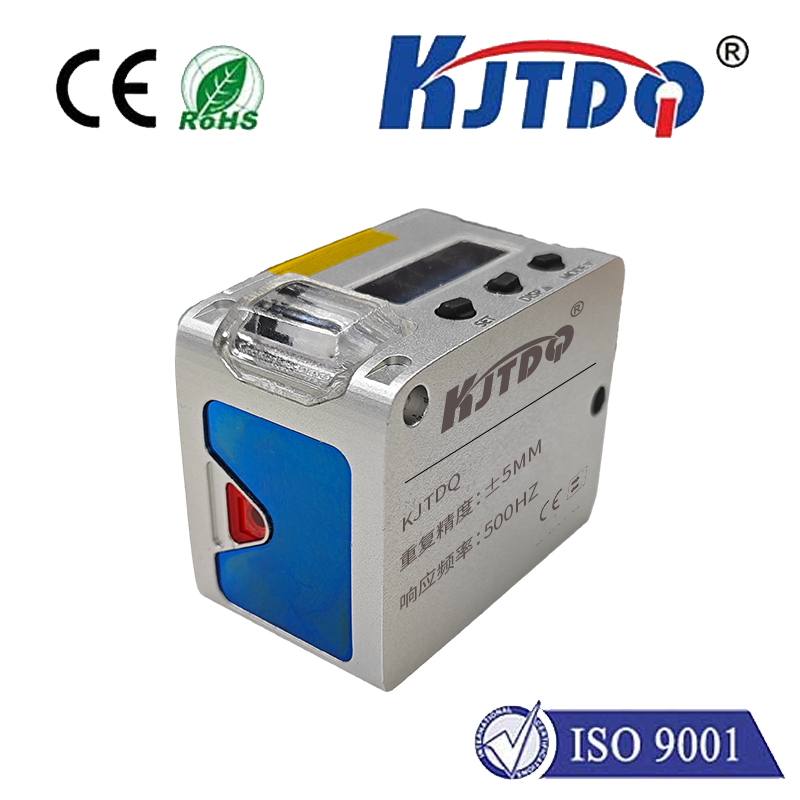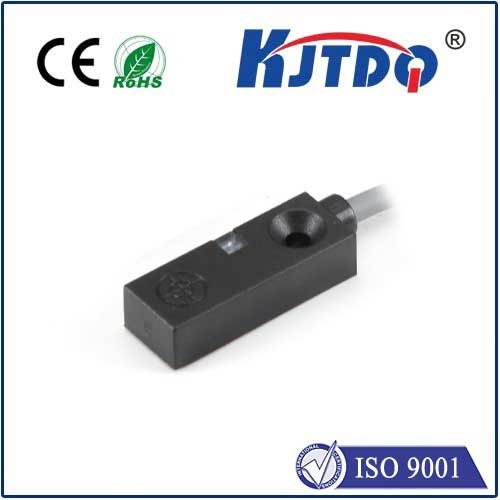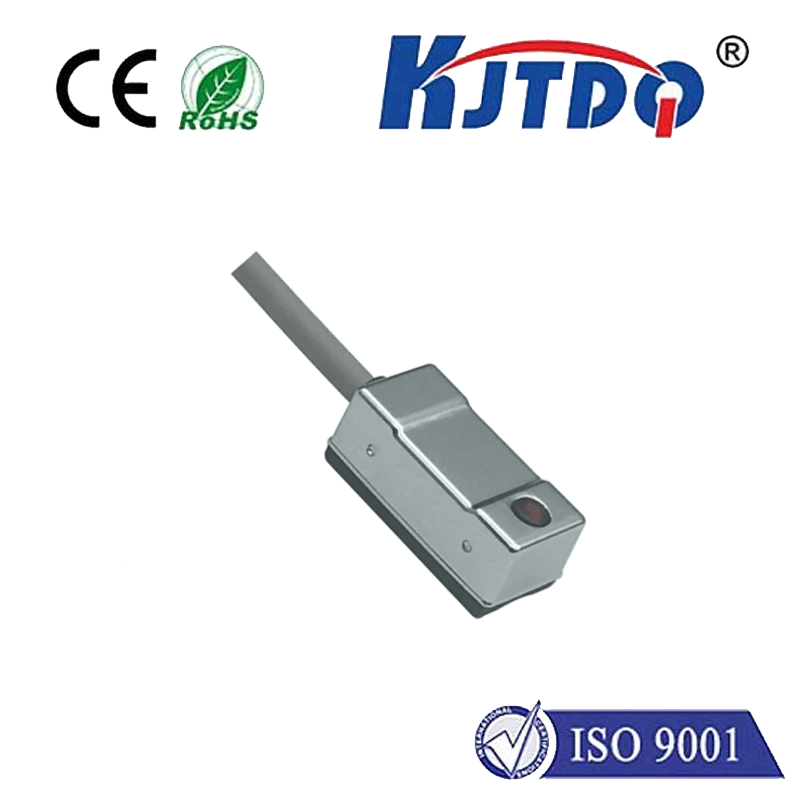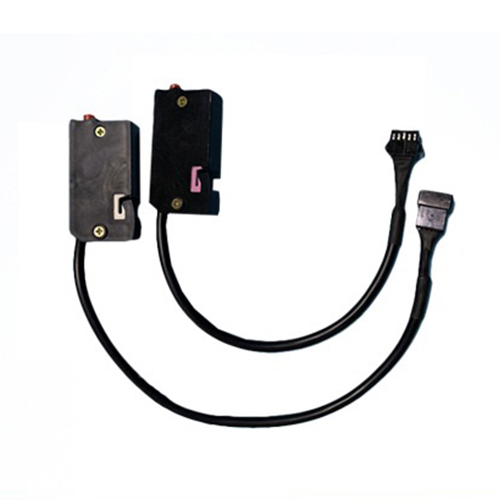narrow beam sensor
- time:2025-07-24 00:30:44
- Click:0
Precision Detection Unleashed: The Power of Narrow Beam Sensors
Imagine trying to detect a specific object on a crowded shelf, ignoring everything else around it. Or ensuring a safety gate only triggers when someone steps through the exact entrance point, not just walks nearby. This level of pinpoint accuracy is the domain of the narrow beam sensor, a technological workhorse quietly enabling precision in countless applications. These specialized devices focus their detection power into a tightly constrained path, distinguishing them fundamentally from their wider-field counterparts and solving problems where specificity and accuracy are paramount.
Demystifying the Narrow Beam Principle
At its core, a narrow beam sensor operates by concentrating its sensing energy – whether infrared light, ultrasonic sound waves, laser beams, or radio frequencies – into a very confined, well-defined path or zone. Think of it like a flashlight’s tight beam versus its wide flood setting. This focused emission creates a distinct detection corridor. When an object interrupts this precise beam within its effective range, the sensor registers the event. The defining characteristic is the exceptionally small cross-sectional area of the detection zone at the point of interruption, leading to:
- Pinpoint Targeting: Detection occurs only when an object directly blocks the defined beam path.
- Reduced False Triggers: Objects outside the narrow corridor, even if nearby, are largely ignored.
- High Accuracy: Precise positioning of objects relative to the beam path is possible.
- Minimal Interference: Less susceptible to stray reflections or signals from adjacent areas compared to wide-beam sensors.
Where Precision is Paramount: Key Applications

The unique capabilities of narrow beam optical sensors and their technological cousins make them indispensable across diverse sectors:
- Industrial Automation & Manufacturing: Driving efficiency and safety on the factory floor.
- Object Presence Verification: Confirming a part is present in a specific location on an assembly line or conveyor belt (e.g., checking if a bottle cap is seated correctly).
- Precise Counting: Accurately tallying objects passing through a defined chute or gap without double-counting.
- Edge Detection & Positioning: Enabling precise alignment of materials during cutting, printing, or web handling.
- Small Object Detection: Identifying tiny components or features that wider sensors might miss.
- Machine Guarding: Creating highly specific safety light curtains where access needs to be blocked only at a precise point, allowing movement elsewhere near the machinery.
- Security & Access Control: Enhancing perimeter and entry point security.
- Entry/Exit Monitoring: Detecting passage through doorways, gates, or turnstiles with high accuracy, distinguishing directionality.
- Perimeter Intrusion Detection: Setting up precise “trip wires” for specific access points like windows or gaps in fences where focused detection sensors minimize false alarms from windblown debris or distant movement.
- Packaging & Material Handling: Ensuring process integrity.
- Fill Level Control: Detecting the precise upper level of liquid or powder in transparent containers.
- Label Application Verification: Ensuring labels are applied at the correct position on containers or products.
- Carton Flap Detection: Confirming boxes are properly closed before sealing.
- Medical Devices & Laboratories: Supporting accuracy and sterility.
- Pipette Tip Detection: Verifying the presence or absence of disposable tips on automated liquid handlers.
- Sample Vial Positioning: Ensuring vials are correctly located within analyzers or storage racks.
- Door Position Sensing: In sterile environments, confirming doors (like incubators or safety cabinets) are securely closed.
- Emerging Technologies:
- Drone Navigation: Providing precise altitude or obstacle avoidance sensing directly beneath the craft.
- Robotics: Enabling fine positioning for robotic arms in pick-and-place tasks involving delicate or closely packed items.
- Tactile Feedback Systems: Used in research and advanced interfaces for precise touch detection.
Why Choose a Narrow Beam? Key Advantages Over Wide Field Sensors
The decision to use a narrow beam photoelectric sensor or similar isn’t arbitrary. Their inherent design yields significant benefits:
- Unmatched Accuracy: The fundamental advantage. Provides reliable detection events only within the narrowly defined zone, crucial for applications demanding positional precision or object discrimination.
- Reduced False Positives: Minimizes nuisance triggers caused by background objects, ambient light fluctuations (for optical types), or environmental reflections that commonly plague wide-beam sensors.
- Superior Object Discrimination: Can reliably detect objects within a specific plane or gap while ignoring others above, below, or to the side. This is vital for precise counting or targeting specific features on a larger object.
- Reduced Environmental Interference: Narrower beams are generally less susceptible to acoustic noise (for ultrasonics) or ambient light interference (for optical), leading to more stable operation in challenging conditions.
- Clean Installations: Less “spillover” detection allows sensors to be placed closer together without crosstalk, simplifying system design in dense environments.
Selecting the Right Narrow Beam Sensor
Choosing the optimal narrow beam technology requires careful consideration:
- Sensing Principle:
- Optical (Infrared/Laser): Most common. Laser versions offer the tightest beams and longest ranges. Susceptible to dirt obscuration and some ambient light interference. Ideal for most object detection tasks.
- Ultrasonic: Better for detecting objects regardless of color/transparency or in dusty/damp environments. Beam spread is wider than laser but narrower than diffuse ultrasonic sensors, offering a good middle ground for solid object detection. Range limitations exist.
- RF/Microwave: Less common for narrow beam, but used in specific proximity or specialty sensing applications.
- Range Requirements: How far away does the object need to be detected? Laser sensors typically offer the longest reach. Ensure sufficient operating range with margin.
- Beum Width & Angle: Precisely define the required cross-sectional detection area at the target distance. Manufacturers provide beam angle or beam width specifications.
- Target Properties: Size, material, color, surface texture. Ensure the target is large/reflective/absorptive enough to reliably interrupt the beam. Small, dark, or absorbent targets can be challenging for optical sensors.
- Environmental Conditions: Consider temperature extremes, humidity, dust, dirt, vibration, and potential sources of interference (strong light, noise).
- Mounting Constraints: Space limitations dictate sensor size and form factor (cylindrical, rectangular block). Ensure physical alignment is feasible and maintainable.
- Output Type & Connectivity: Determine if a simple switch (PNP/NPN) or more sophisticated IO-Link/networked output is needed.
The Future Focused: Innovation in Narrow Beams
The evolution of narrow beam sensor technology continues. We see trends towards:
- Miniaturization: Shrinking sensor footprints enabling deployment in increasingly confined spaces.
- Enhanced Connectivity: Wider adoption of IO-Link and other industrial protocols for easier configuration, diagnostics, and integration into IIoT (Industrial Internet of Things) systems.
- Improved Environmental Resilience: Designs better protected against harsh conditions like extreme washdown, heavy dust, and wide temperature swings.
- Smarter Processing: Onboard intelligence for basic filtering, background suppression, and adaptive thresholding, further improving reliability.
- Laser Enhancements: Safer, more reliable Class 1 laser diodes enabling tighter beams and longer ranges with increased robustness.
Harnessing the Precision Advantage
Narrow beam sensors are not a universal replacement for wide-field sensors, but they are an essential tool where precision is non-negotiable. By delivering focused, reliable detection within a tightly confined zone, they solve complex challenges in automation, security, packaging, and beyond, minimizing errors and maximizing operational efficiency. Understanding their principles, strengths, and selection criteria empowers engineers and system designers to leverage these powerful tools effectively, unlocking new levels of accuracy and control in a world where focused detection makes all the difference.







